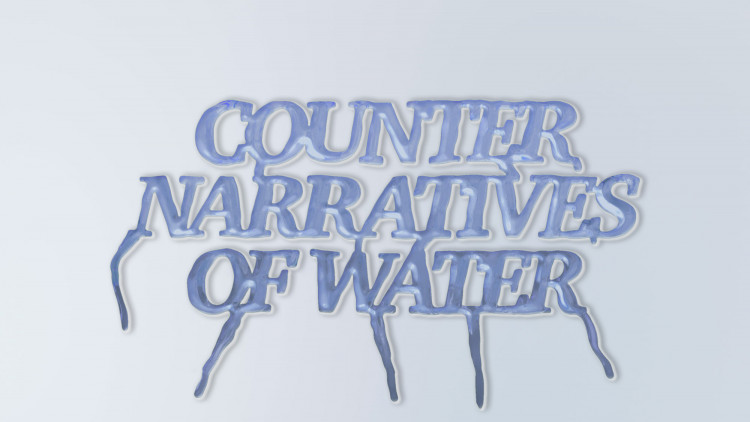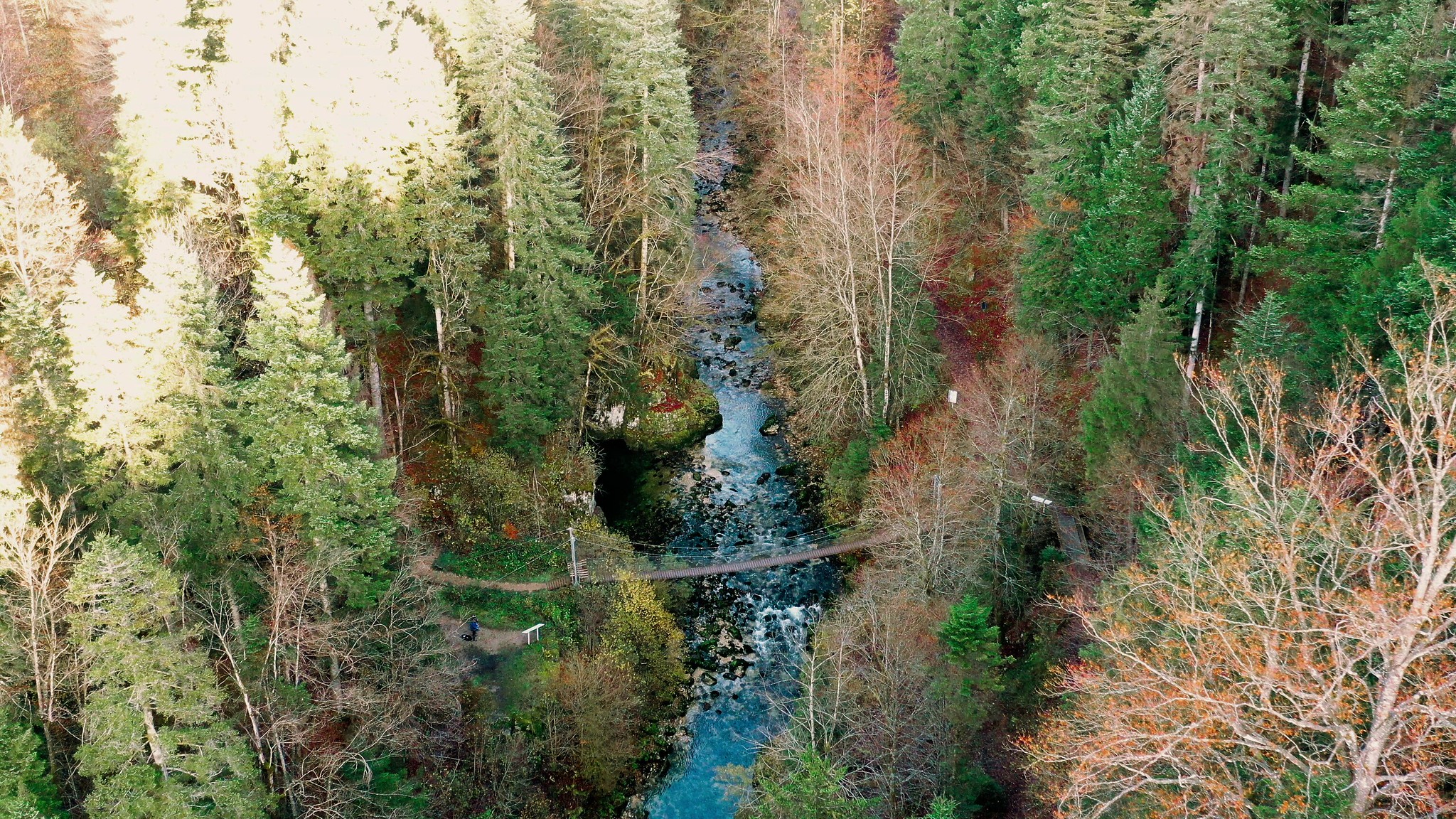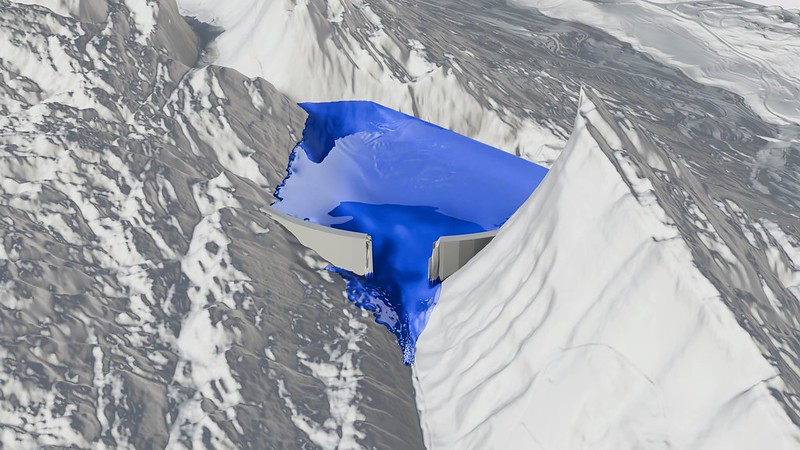Contre-récits de l’eau, a response from DISNOVATION.ORG collective in collaboration with Clémence Seurat

An exploration of water’s hidden journey through karst landscapes, combining scientific research, local stories, and reflections on the collective ownership and stewardship of this vital resource.
The proposed production takes the form of a narrative video entitled Contre-récits de l'eau (Counter-Narratives on Water). This visual investigation follows the course of the water as it seeps into rock, disappears and resurfaces elsewhere, tracing the deep geological past while recounting anecdotes and collective stories. Karst landscapes form sentinel zones in the fields of agriculture, ecology and health, where we can observe a series of tensions linked to water in the present and to come. The collective is combining the resulting study with local and global testimonies in order to open up debate and envisage the common ownership of water, now and in the future.

“In modern comfort, the abundance of water and its constant availability paradoxically render it invisible. Underground circulation and complex hydrological systems, such as karsts, are relegated to the background of daily life. Water becomes a simple factor of production.
Faced with this reality, initiatives are emerging. Counter-narratives are amplifying the voices and practices that are reinventing our relationship with water and the environment, on the fringes of the dominant discourse. In the Jura, the history of cooperatives – pioneers of social security – could inspire collective water management. The karst, with its underground and borderless networks, calls for a reflection on interdependence and the common good, inviting us to imagine new cooperative utopias around water.
Through weaving together 3D illustrations, interviews, field footage and scientific images, this video essay explores the issues surrounding water in five chapters, tackling the perspectives of pre-scientific narratives, the refusal of running water, scarcity and the exploitation of waterways.” (Disnovation.org)


